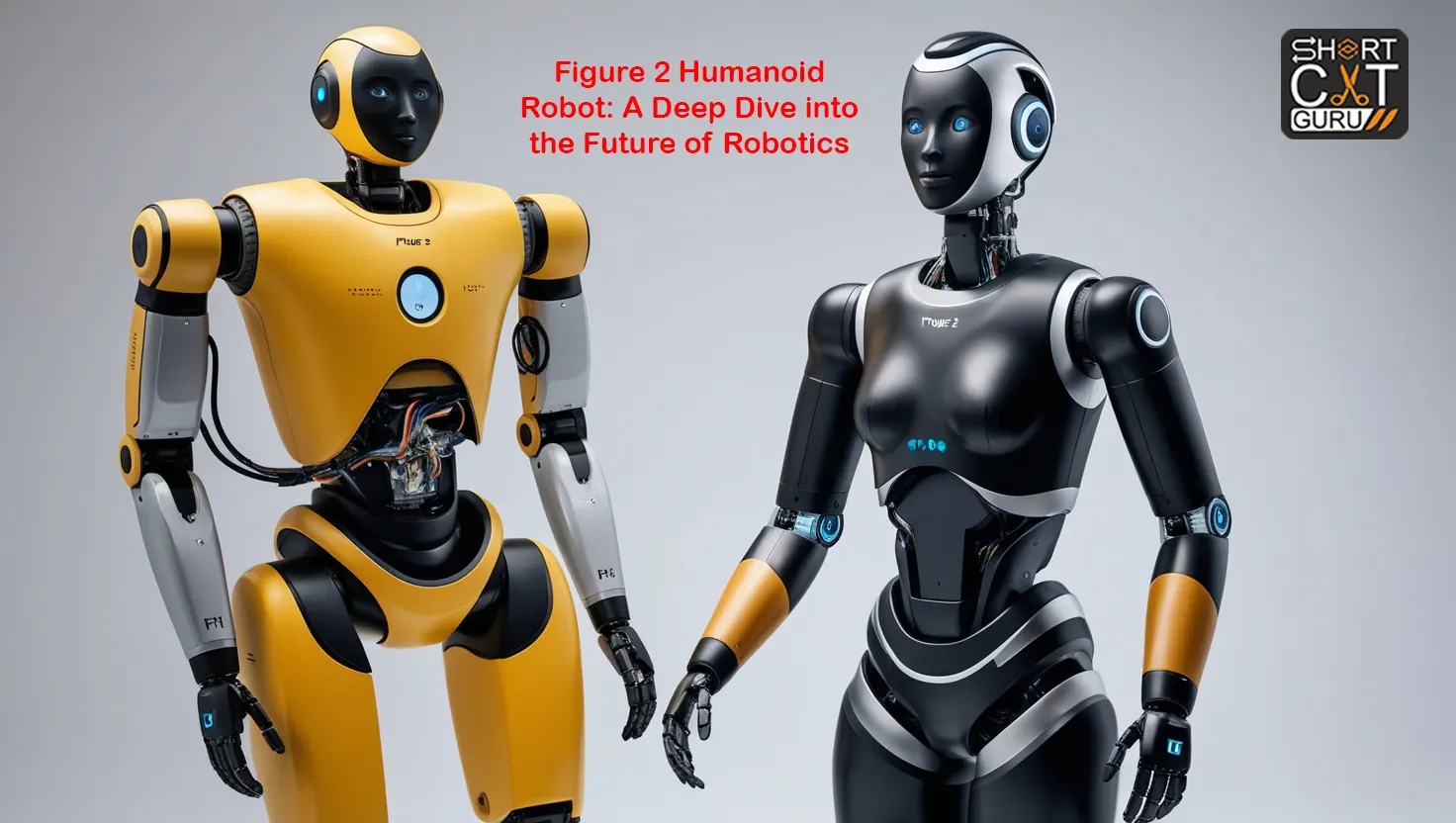Humanoid robots, with their uncanny resemblance to humans and increasing dexterity, are poised to revolutionize various sectors, from healthcare and manufacturing to customer service and education. However, before these robots can seamlessly integrate into our world, rigorous testing methodologies are paramount. This article delves into the diverse and evolving approaches used to evaluate the capabilities, safety, and ethical considerations of humanoid robots.

1. Benchmarking against Human Performance:
One fundamental approach to humanoid robot testing involves benchmarking against human capabilities. This method encompasses assessing the robot’s performance in tasks that are commonly executed by humans, such as grasping objects, navigating complex environments, recognizing objects and faces, and even engaging in basic social interactions.
Example: A humanoid robot designed for manufacturing might be compared to a human worker in terms of accuracy, speed, and efficiency in assembling intricate components.
Challenges:
Establishing universally accepted benchmarks for human performance can be complex, as human abilities vary greatly. Moreover, human-like dexterity and adaptability often involve intricate motor skills and cognitive reasoning that are difficult to fully replicate in machines.
2. Simulation and Virtual Environments:
Simulation and virtual environments offer a valuable platform for testing humanoid robots in controlled settings before deployment in the real world. This approach allows researchers and developers to:
Test a wide range of scenarios: From navigating cluttered environments to interacting with different types of objects, simulations can recreate diverse situations that are challenging or costly to replicate in physical testing.
Iterative design and refinement: Virtual testing enables rapid prototyping and iteration, allowing developers to quickly identify and address potential issues with the robot’s design, software, or algorithms.
Example: A humanoid robot intended for disaster relief could be virtually tested in simulated earthquake scenarios to assess its ability to navigate rubble, locate survivors, and provide assistance.
Challenges: While virtual environments offer numerous benefits, they can only partially capture the complexities of the real world. Factors like human interaction, unexpected events, and sensor limitations require careful consideration and may necessitate hybrid approaches that combine virtual and physical testing.
3. Human-Robot Interaction (HRI) Studies:
Human-Robot Interaction (HRI) studies play a crucial role in evaluating how well humanoid robots can collaborate and communicate with humans. These studies involve:
Observational studies: Observing how humans interact with the robot in various scenarios, such as a social setting or a workplace.
Usability testing: Assessing how easy it is for humans to use the robot and understand its commands and responses.
Preference studies: Examining human preferences for interacting with humanoid robots compared to other types of robots or human counterparts.
Example: HRI studies might investigate how effectively a humanoid customer service robot can resolve customer queries, handle complaints, and build rapport with users.
Challenges:
Unveiling the nuances of human-robot interaction, including trust, empathy, and social cues, is a complex endeavor. Researchers need to ensure their experimental designs are robust and capture the richness of human-robot dynamics.
4. Safety and Reliability Testing:
Safety and reliability are paramount considerations in humanoid robot development. Testing methodologies in this realm encompass:
Collision avoidance: Evaluating the robot’s ability to detect and avoid collisions with humans and objects in its environment.
Drop testing: Assessing the robot’s durability and structural integrity under simulated falls or impacts.
Environmental testing: Exposing the robot to extreme temperatures, humidity, or other environmental conditions to ensure its functionality and reliability in diverse settings.
Example: A humanoid robot designed to work in a hospital setting might undergo rigorous safety testing to ensure it operates safely around patients and medical equipment.
Challenges: Safety testing often involves exploring edge cases and potential failure scenarios, requiring sophisticated testing equipment and analytical tools to identify and mitigate risks.
5. Ethical Considerations:
As humanoid robots become increasingly sophisticated, ethical considerations surrounding their development, deployment, and impact on society warrant meticulous examination. Testing methodologies should incorporate:
Bias detection: Evaluating the robot’s algorithms and data sets for potential biases that could lead to unfair or discriminatory outcomes.
Transparency and Explainability:
Striving for transparency in the robot’s decision-making processes, enabling humans to understand how the robot arrives at its actions and responses.
- Privacy and Data Security:
Ensuring the robot handles human data responsibly and protects sensitive information.
Example: A humanoid robot used in law enforcement might be tested for potential biases in its facial recognition capabilities to ensure fairness and prevent discrimination.
Challenges:
Addressing ethical challenges in humanoid robot testing is an ongoing and evolving discussion, requiring interdisciplinary collaboration involving ethicists, social scientists, policymakers, and developers.
Frequently Asked Questions (FAQs):
Q: What is the role of artificial intelligence (AI) in humanoid robot testing?
A: AI plays a pivotal role in various aspects of testing. For instance, machine learning algorithms can be used to analyze large datasets of human behavior to create realistic simulations, identify patterns in human-robot interaction, and adapt the robot’s responses accordingly.
Q: How do we ensure that humanoid robots are used ethically?
A: This is a complex and multi-faceted question. Ethical guidelines, regulations, and ongoing public discourse are essential.
Testing methodologies should incorporate bias detection, transparency in decision-making, and robust privacy and data security measures.
Q: What are the future trends in humanoid robot testing?
A: The future of humanoid robot testing will likely see:
Greater integration of AI and machine learning for more sophisticated simulations and adaptive testing.
A stronger emphasis on HRI studies to better understand and mitigate potential social and ethical impacts.
The development of standardized test protocols and benchmarks to ensure consistency and comparability across different humanoid robot platforms.
Conclusion:
Thorough and comprehensive testing methodologies are crucial to ensure that humanoid robots are not only technically capable but also safe, reliable, and ethically sound. As these robots become more prevalent in our lives, ongoing research and development in testing paradigms will be essential to navigate the complex challenges and opportunities they present.
Closure
Thus, we hope this article has provided valuable insights into Humanoid Robot Testing: A Deep Dive into Methodologies. We thank you for taking the time to read this article. See you in our next article!
